Mario Batali's 6 essential tools for cooking pasta
Here's how to make pasta the Italian way
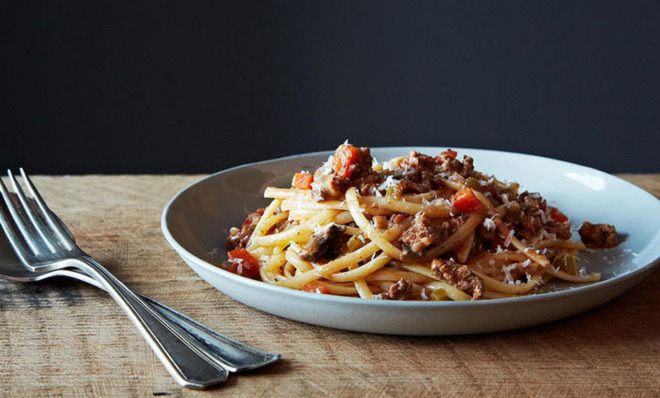

When you taste perfectly cooked and dressed pasta, you instantly understand why Italy is such a great place to eat. Italian cooking and eating is well-conceived and well-executed, but it doesn't have to be confined to Italy. With the proper tools, the pastas of Bologna are not hard to replicate in almost any kitchen.
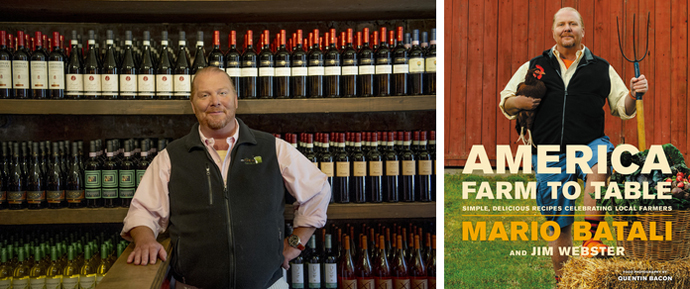
Italians like their pasta al dente — that is, toothsome — and just barely sauced. The secret to great pasta is the balance between the pasta and the condiment. Try holding back on the sauce, and let the deliciousness of the noodle sing.
Here are the six tools you need to make pasta the Italian way:
The Week
Escape your echo chamber. Get the facts behind the news, plus analysis from multiple perspectives.

Sign up for The Week's Free Newsletters
From our morning news briefing to a weekly Good News Newsletter, get the best of The Week delivered directly to your inbox.
From our morning news briefing to a weekly Good News Newsletter, get the best of The Week delivered directly to your inbox.
1. Large pasta pot
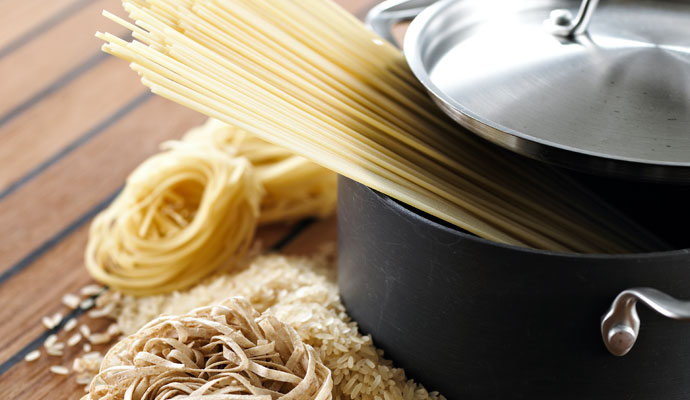
The most common mistake I see home cooks make is not using enough water or using a pot that’s too small. Don’t crowd the pasta — give it room to move and dance as it cooks! For a pound of pasta, I boil about 6 quarts of water.
2. Salt
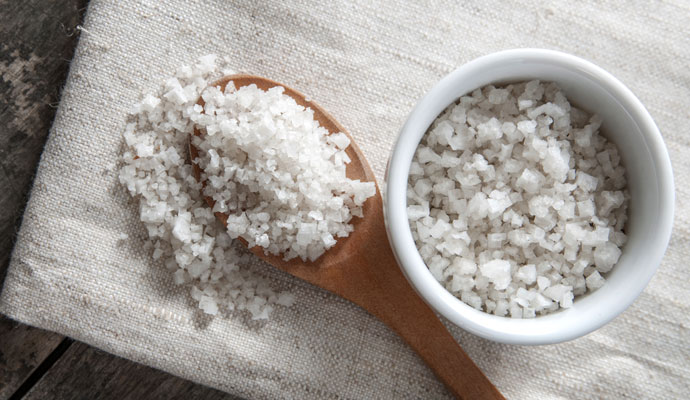
The pasta cooking water should be well-salted — it should taste like the sea. Adding salt to the water adds flavor to the pasta. I use two teaspoons of salt per quart of water. While the pasta is cooking it absorbs the salt, which adds flavor to the end dish.
A free daily email with the biggest news stories of the day – and the best features from TheWeek.com
3. Tongs and a spider
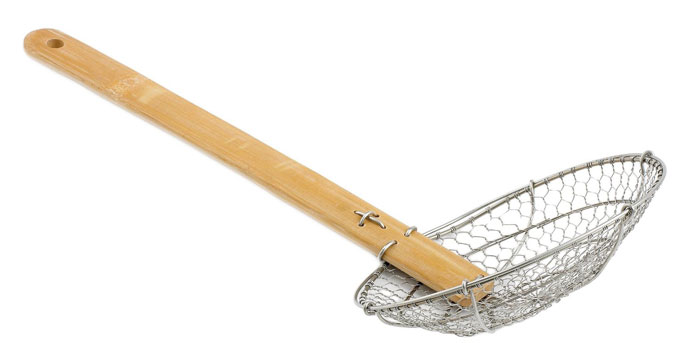
Many home cooks use a colander to drain pasta. That’s perfectly fine, but I prefer tongs and a spider. They’re quick and efficient and versatile — use them to take the pasta straight from the pot to the sauté pan, to toss the pasta in the sauté pan, and then, of course, to plate. This technique also leaves all of the pasta water in place so that you can use it in the final mixing of the pasta with the condiment.
4. Sauté pan
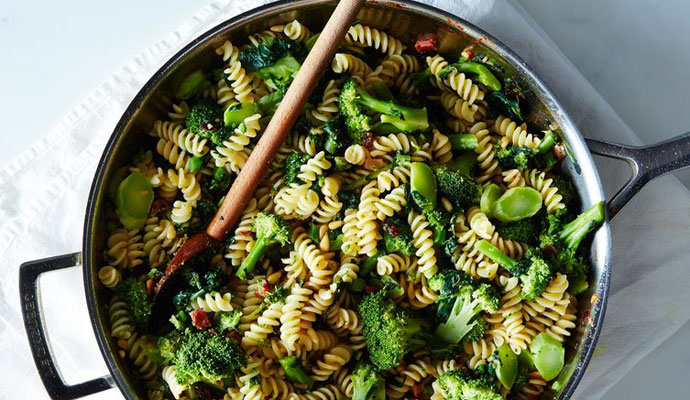
For most recipes, it’s important to finish the pasta cooking process in a sauté pan. It binds the pasta to the condiment. I use a 12- to 14-inch sauté pan for a pound of pasta.
5. Ladle
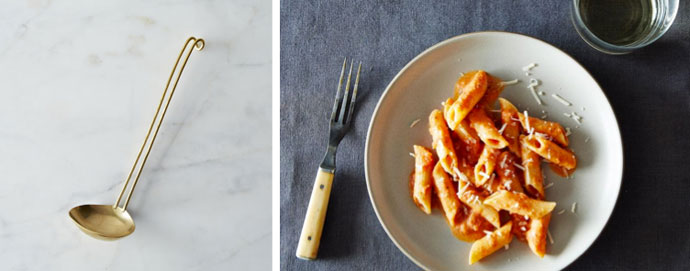
I always add a ladle-full (about 3 ounces) of pasta cooking water straight to the sauté pan. The starchy pasta water will help the noodle adhere to the sauce, will loosen a thick sauce, and will create a generally beautiful consistency. All pasta should be dressed like a salad — that is to say, not over-dressed. By using pasta water, you are able to work with the ratios to keep the pasta lightly-dressed.
6. Olive oil
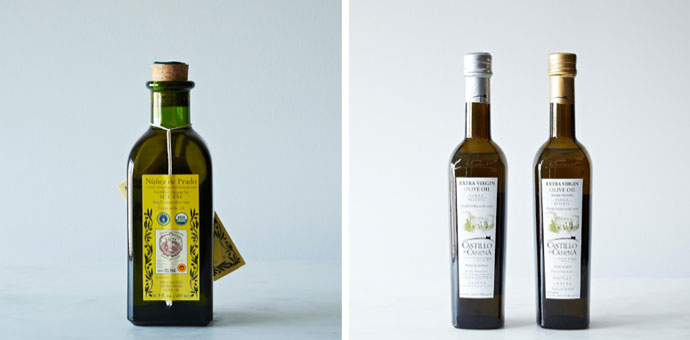
There are very few dishes in the Italian kitchen that don’t benefit from a light drizzle of extra-virgin olive oil at the end — pasta is no exception. After you take the perfectly sauced pasta off the heat, add 2 to 3 tablespoons of olive oil per pound and toss one more time before plating.
This story was originally published on Food52.com: Mario Batali's 6 essential tools for cooking pasta
More from Food52...
-
 The Week’s big New Year’s Day quiz 2026
The Week’s big New Year’s Day quiz 2026Quiz of the Year How much do you remember about 2025’s headlines? Put yourself to the test with our bumper quiz of the year
-
 Is tanking ruining sports?
Is tanking ruining sports?Today's Big Question The NBA and the NFL want teams to compete to win. What happens if they decide not to?
-
 ‘Netflix needs to not just swallow HBO but also emulate it’
‘Netflix needs to not just swallow HBO but also emulate it’instant opinion Opinion, comment and editorials of the day